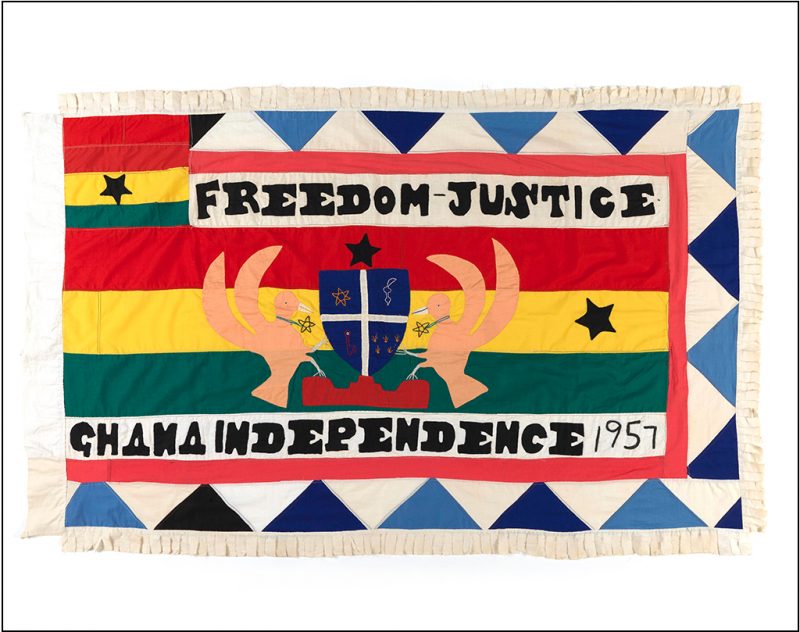
Concluding Thoughts
The Fowler Museum at UCLA showcases amazing artworks from around the world. The digital collection highlights 2,004 of those, but thousands more are held in their archive.
Fowler also displays art from so many countries and regions. Walking through its galleries, you can see artifacts from every continent and nearly every time. For example, right now on exhibit they have Indian Jain enbroidered hangings, fante asafo flags from South Africa, German silverware, just to name a few. Compare this to the project I did over the summer, where we found that the Detroit Institute of Art, 94.7% of artists where white. The Fowler museum is able to incoroporate such a diverse and impactful group of artists in their exhibitions.
However, we need to look critically at their collection as well. The Wellcome collection, for example, included hundreds of thousands of artifacts extracted from South America and Africa simply stored in british warehouses. We saw that once the Peruvian tribes of the early centuries migrated, archaeologists in the 18th and 19th centuries excavated many artifacts and sent them back to Europe. When we consider Jay T. Last's collection, he didn't have nearly as many pieces at Henry Wellcome, but his collection comes from the Lega people, who still inhabit the Dominican Republic of the Congo today! We sometimes lose the story behind a piece when it relocated, or we get a one-sided story altogether.
At the same time, however, the Fowler includes so many artwor
ks that stand in opposition to this colonialist nature of collecting. There are countless artists that use their medium as their voice. Ghanan independence flags pushed against colonialist rule in the 1950s. South American art celebrating the end of Apartheid. Mexican art highlighting dehumanizing practices at the U.S. border.
This reflection from African Objects, Colonial Collecting, and Materiality written by Carlee S. Forbes, Kate Anderson, Marci Jefcoat Burton, and Erica P. Jones summarizes this concept well:

The legacy of European imperial colonization in Africa is embedded in the histories of such collections. As museums devote more critical attention to these histories, they have an opportunity and an obligation to share the stories they find, address the most problematic examples, and begin to negotiate relationships with affected individuals, groups, and communities . . . [We must] examine the complexities embedded in the Wellcome Collection - and now the Fowler’s—ownership of them.
Please visit the Fowler Museum at UCLA if you can. There are so many brilliant exhibits, documentaries, and artworks on display for free. It's impactful to not only appreciate an art piece, but to also understand the history and journey behind it. I hope that this project helped illuminate some interesting details about the Fowler Museum's digital collection.